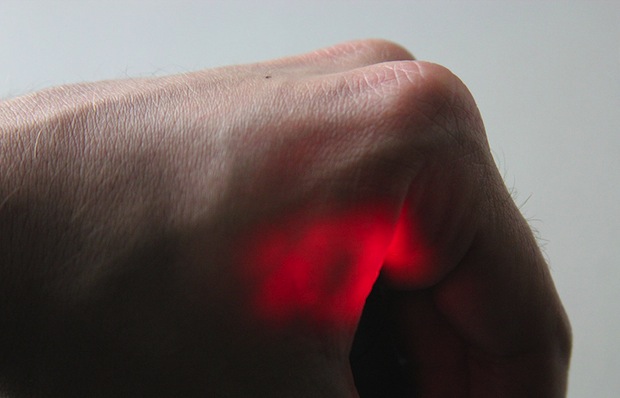Post Human
2:00 – 3:30 PM
Chair: Stephanie Boluk
Panelists: Anthony Antonellis, Meredith Bak, Zach Blas, Ursula Endlicher
When Pratt Upload launched last year, it was obvious that New York had been in need of a digital art conference. Up until last year, the city lacked the type of do-it-all event like transmediale where laptop lords and ladies converge. Pratt Upload, hosted this past Saturday by the Department of Digital Arts, is taking small steps to become the city’s Digi Con. There will be many steps ahead. Workshops and panel discussions were held simultaneously, leaving the workshop classrooms with empty seats; panel attendees were only given 15 minutes to talk about their work. Let’s change the time limit next year, which was frequently exceeded in the final panel discussion.
In keeping with any tech conference, once started, Snapchats were made, tweets were twittered, Foursquare check-ins swarmed. In case you weren’t there, we’ll be posting the recaps. That way we’re talking the talk about digital art back to where it belongs.
First up on this panel: Anthony Antonellis. He’s more of a cyborg than most. Last year, he had a wireless chip implanted in his hand. It’s a storage chip that allows people to pull up information with their phone (Android only!); primarily he’s used it as a venue to showcase GIFs and other digital works. Antonellis discussed a handful of projects— “Credit Card Curation” and the “Internet of My Dreams” among them. But most Q&A respondents latched on to finding out more about the chip. Did he think that implants would have a mass-appeal in the future? Answer: No.
Next: Meredith Bak, Assistant Professor of Childhood Studies at Rutgers-Camden, explained how kids are becoming posthuman. The prime example she gave was the use of Magic Vision Band-Aids, a phone app that when pointed at their IRL Band-Aids brought up a short game. Bak says the game helps distract children from the pain, acting as a type of “affective intervention.” Add to that a short history of Band-Aids, and you get a thorough, in-depth lecture that, while not art-related, does show how nearly anything can be an interface nowadays—even a Band-Aid.
Coming up third, we have Zach Blas who focused on two projects, “Facial Weaponization Suite” and “Face Cages”; describing the first as a utopian project, the second, a dystopian one. Both deal with the possibility to defy facial recognition software through art, which, to me, is not as fruitful as making an actual, functional tool to evade facial recognition software. Still, the blobular globs in “Facial Weaponization Suite,” made up of aggregate faces scanned with a Kinect, are compelling as art: They’re sleek and shiny as a Koons.
Rounding out the panel, Ursula Endlicher discussed a series of projects dating back to 1994, when she began working with the net. She’s seen shifts in the artistic field, too, and mentioned how, in her experience, net art was concerned with browser behavior. Then, around 2003, the discussion shifted to wired devices and spam. Out of all the work she discussed, I’m a fan of “The Old Internet,” a live performance where she dresses up as an old man who talks about ye olden days of the world wide web. Just trying to imagine the Internet in the 90s, even, proves difficult; there’s so few archives around to showcase what Aunt Sue’s Geocities looked like. So it’s a fine and noble task to keep circulating that historical memory. Too bad that with time constraints she only touched on that project for less than a minute.
Endlicher’s other projects sometimes use frameworks that don’t allow for good results. Take her ongoing “html-movement-library” which asks performers to interpret html tags through movement and dance. It’s a great idea, but nearly impossible concept to test out: How can the body translate html tags, which themselves can serve many different functions? From the clips she showed, of well-crafted and thoughtfully designed sets, the dancers looked a little like what you’d expect to see in any interpretative dance class—like human-noodles and human-birds. Maybe not an entirely effective result.
End of the panel questions didn’t yield too much, but I did go away thinking about a few ideas brought up in by the panel. Overall, I’m amazed that posthuman, as a term, continues to be recycled every few years; I mean, it’s been nearly 30 years since Donna Haraway published “A Cyborg Manifesto.” To their credit, I don’t remember the panelists dropping postmodern throughout the talk, like it’s the hottest byword since normcore, athletic aesthetics, or postinternet, and everyone needs to know about it. It shouldn’t be a revelation that, as our lives become more closely aligned with our devices, we’re no longer thinking of cyborgs in the near-future; we’ve already come to accept that we are cyborgs. We just need to learn how to deal with it.




Comments on this entry are closed.